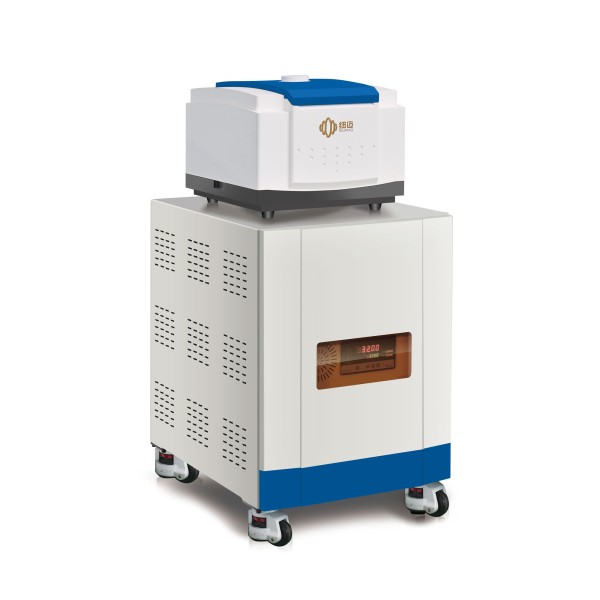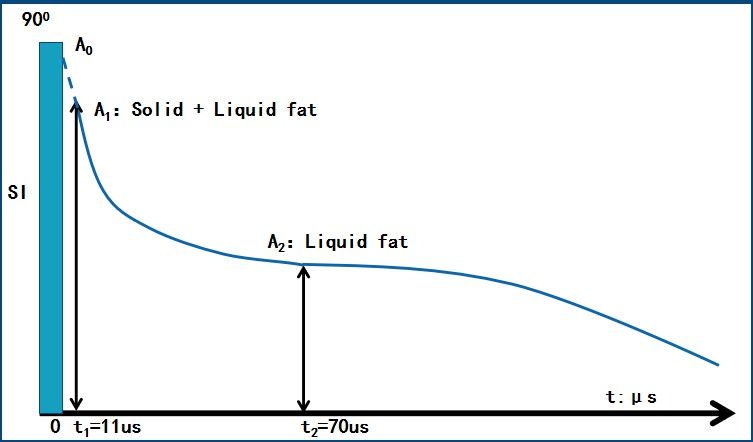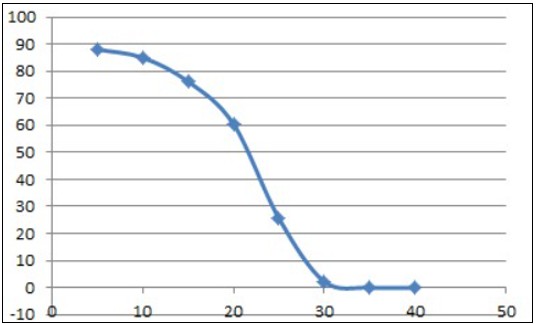Solid Fat Content (SFC) is a term commonly used in the food industry to describe the proportion of fat present in a food product that is in a solid state at a particular temperature. This measurement is crucial in understanding the physical characteristics and quality of fats and oils, especially in the context of various food applications such as baking, confectionery, and margarine production.
The SFC of a fat or oil is influenced by temperature. As the temperature changes, fats can transition between solid and liquid states. This transition is often referred to as the melting point or melting range of the fat. The SFC is expressed as a percentage and represents the amount of fat that remains solid at a given temperature.
SFC NMR Analyzer PQ001
The determination of SFC is typically carried out using methods such as pulsed nuclear magnetic resonance (pNMR) or dilatometry. These methods involve measuring the response of fat samples to temperature changes, allowing for the quantification of the solid and liquid fractions at different temperatures.
Regulatory bodies and industry standards often specify the temperature at which SFC should be measured, and this is usually in the range relevant to the specific application of the fat. For example, chocolate manufacturers might be interested in the SFC at temperatures close to the melting point of cocoa butter, as it significantly influences the texture and mouthfeel of the final chocolate product.
Understanding the SFC is crucial for food formulators and manufacturers as it directly impacts the texture, mouthfeel, and overall quality of food products. It also plays a key role in the development and optimization of recipes, helping to achieve the desired product characteristics. Additionally, SFC is an essential parameter in ensuring the stability and shelf life of certain products, as the crystalline structure of solid fats influences factors such as texture, appearance, and flavor over time.
SFC – Temperature
 NIUMAG
NIUMAG



